When the weather gets cooler and those leaves start falling, you know it’s time to cozy up with a hot, delicious bowl of soup! We have a list of yummy, nutritious fall/autumn soups that you can make at home.
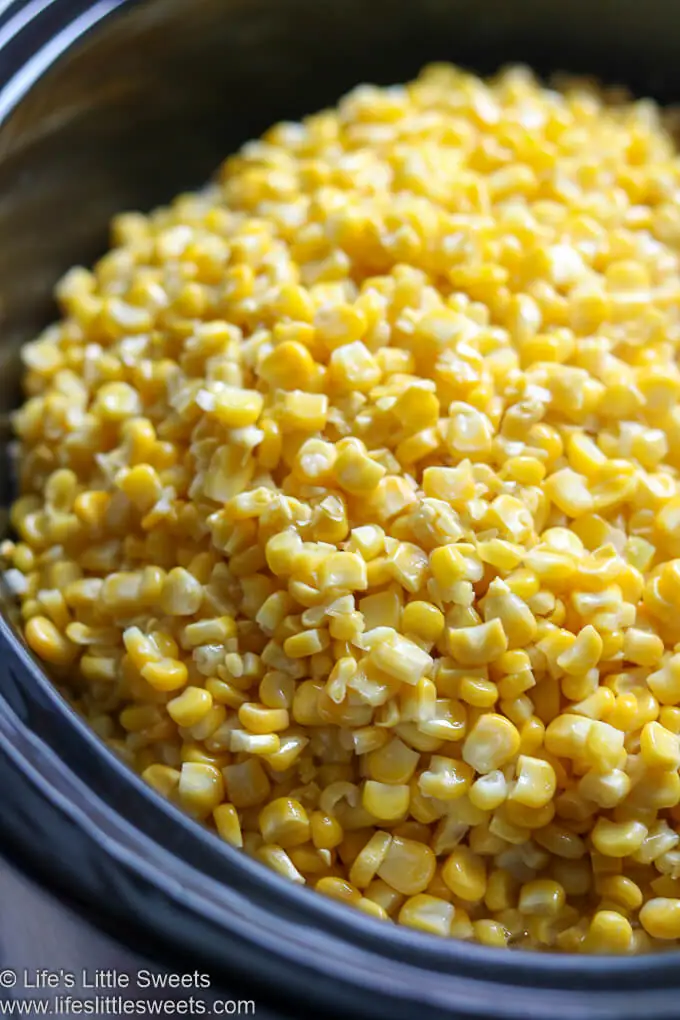
Any Season April August December Easy Entertaining Fall February Food Gluten-Free January July June March May November October Recipes Recipes by Diet Lifestyle Recipes By Month Recipes By Season Savory September Sides Spring Summer Vegetarian Recipes Veggies and Sides Winter

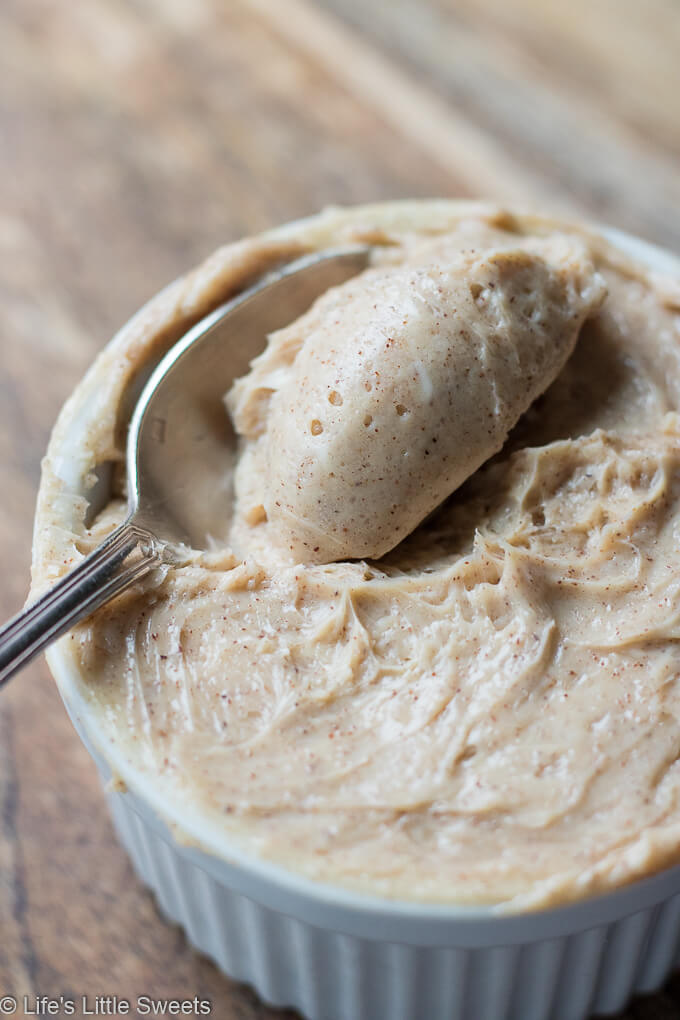

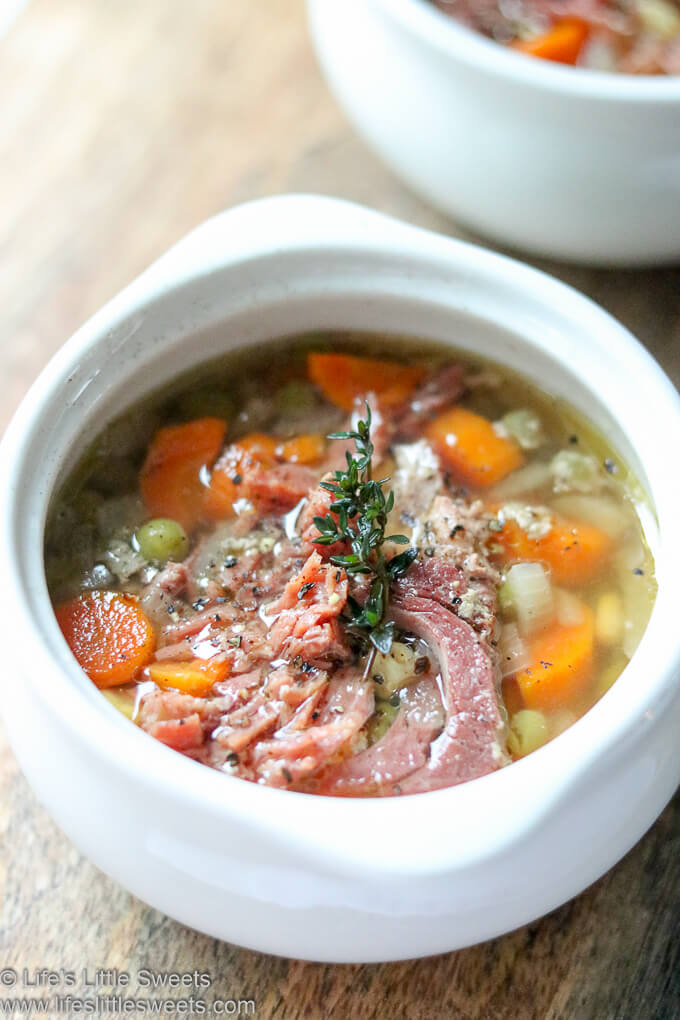
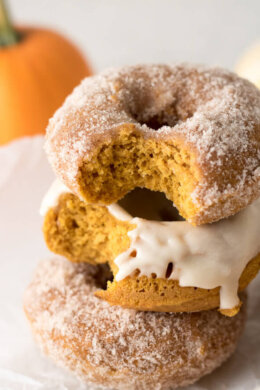

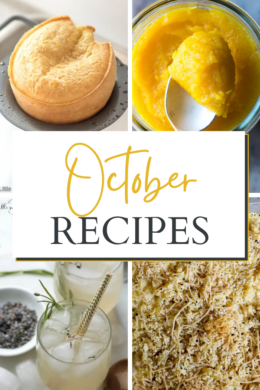
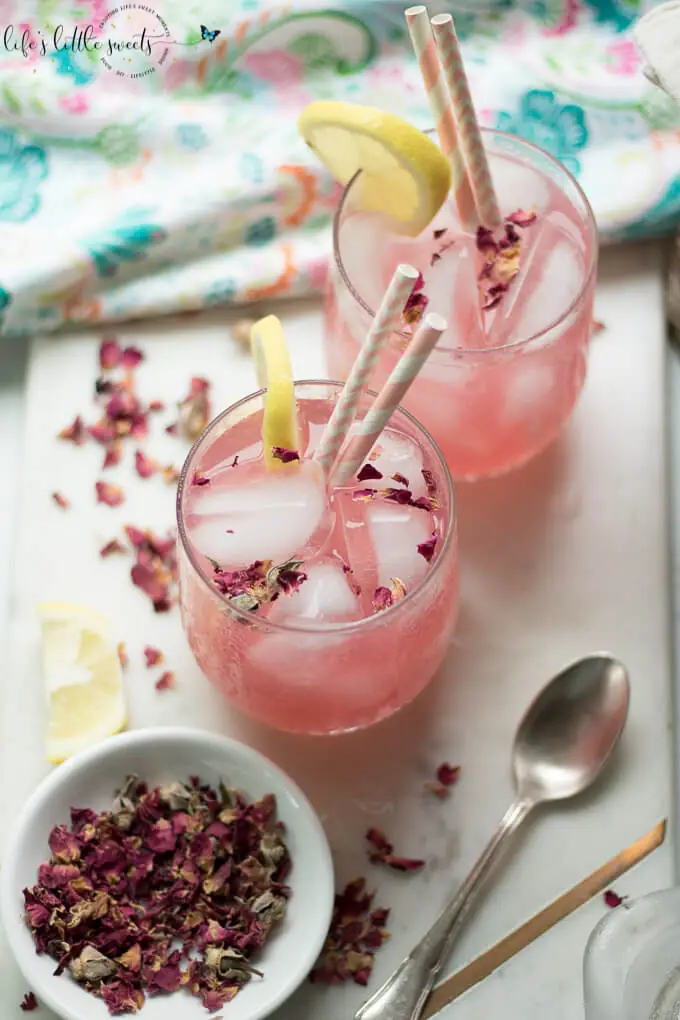
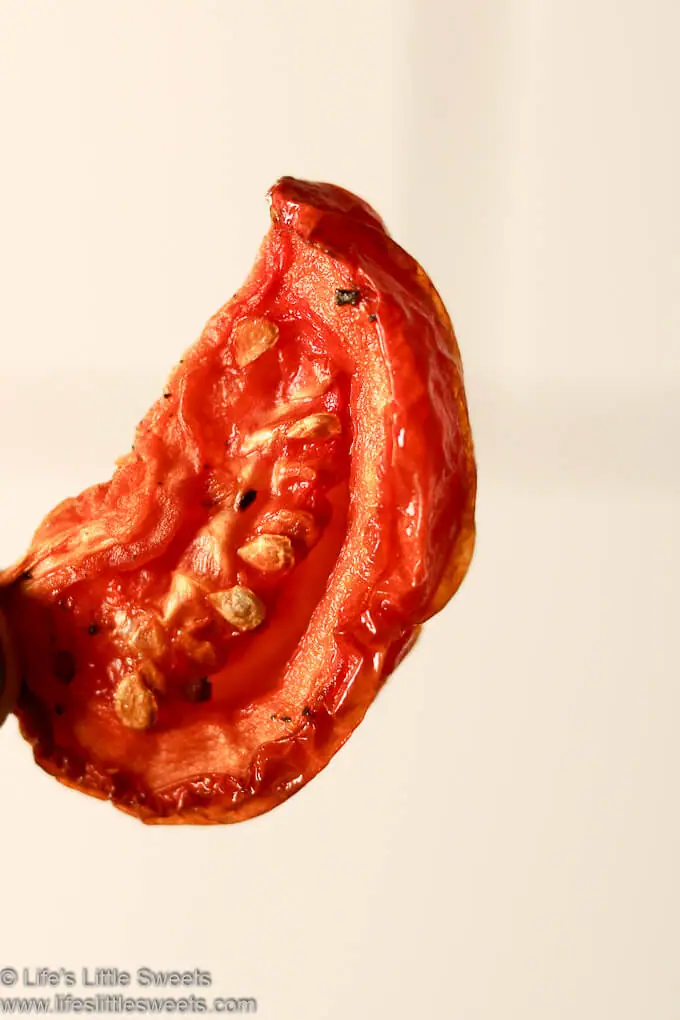


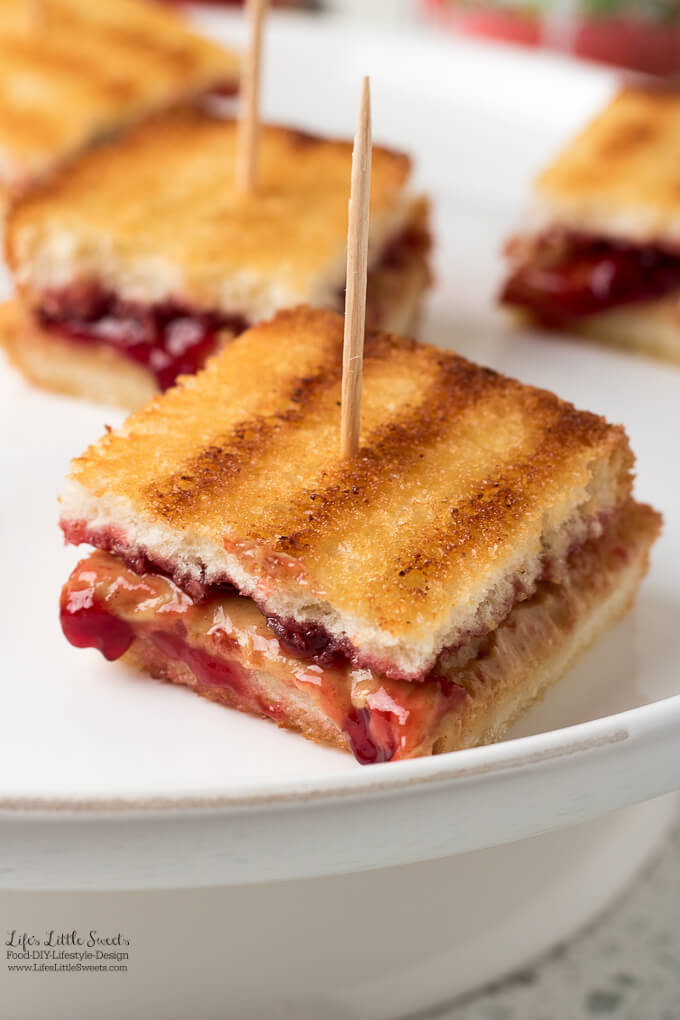

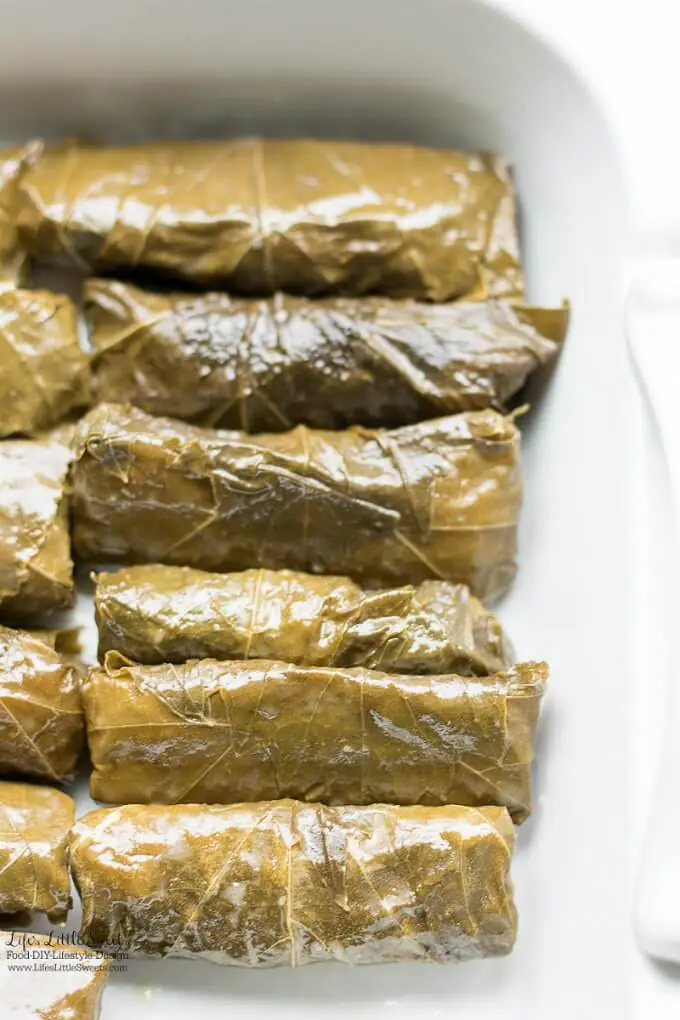
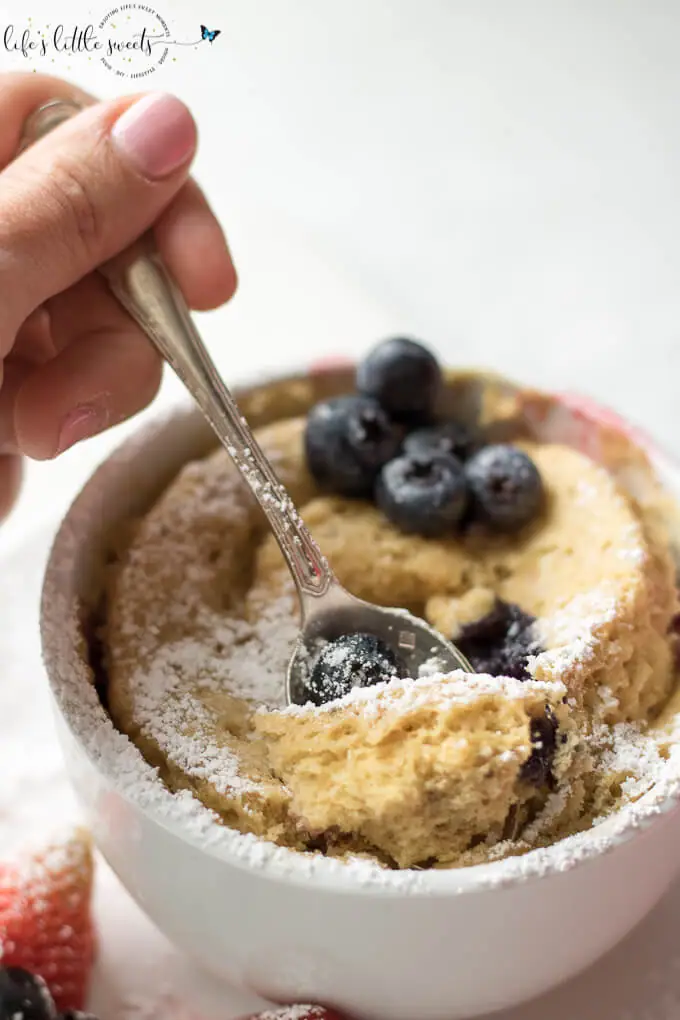
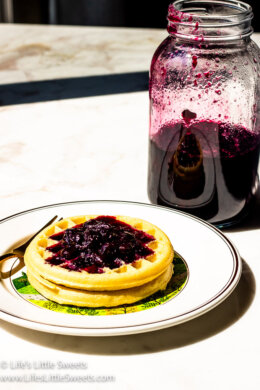

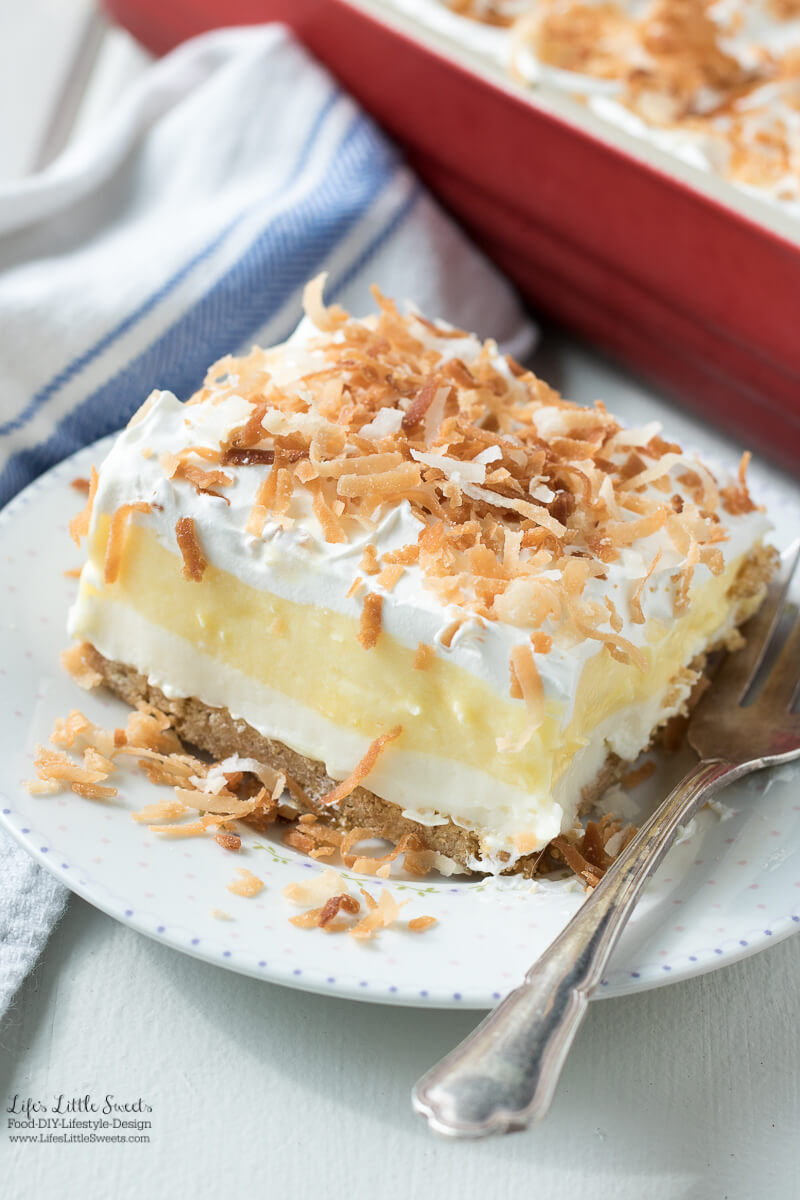

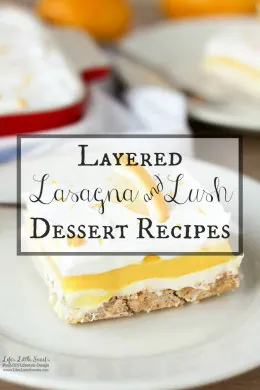
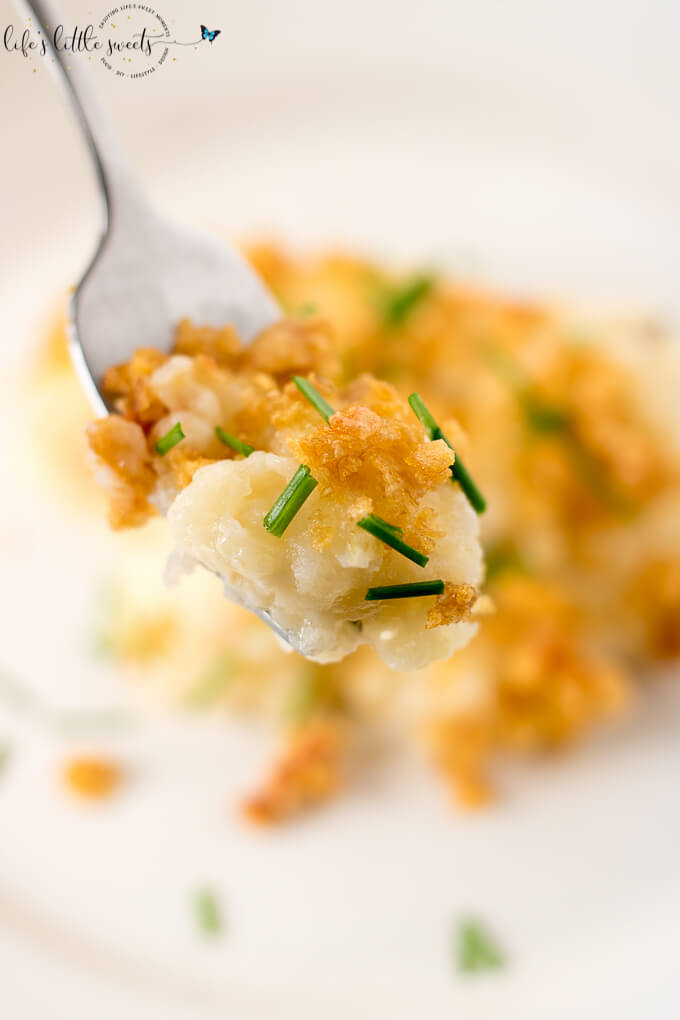
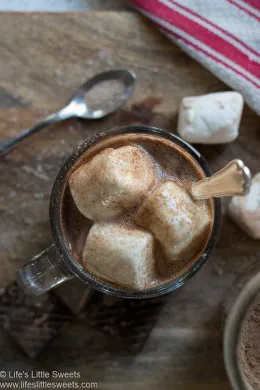

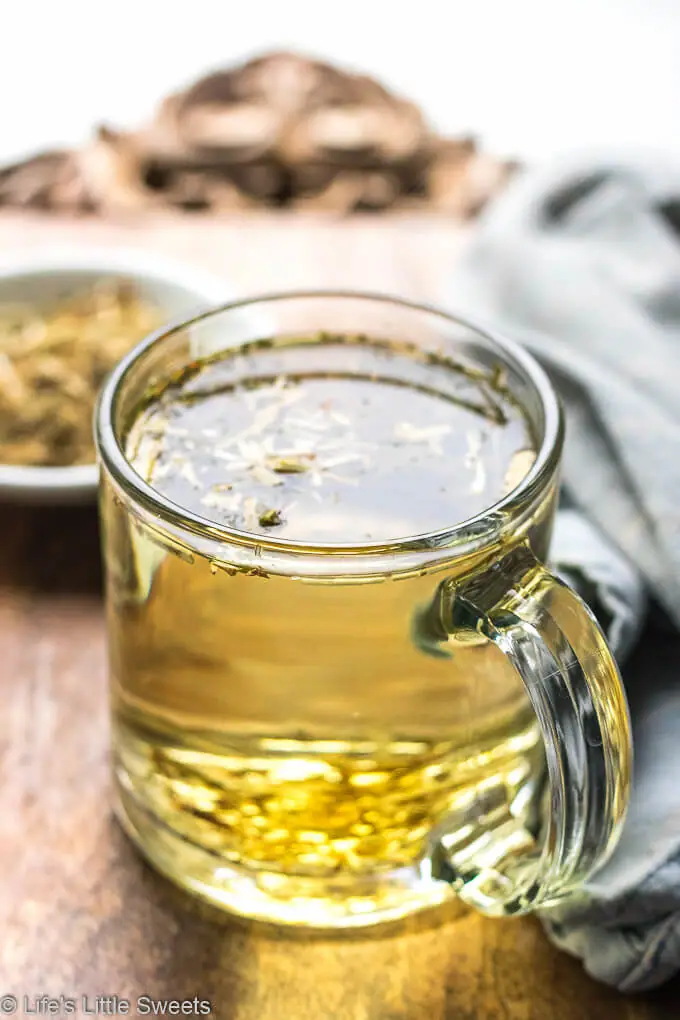


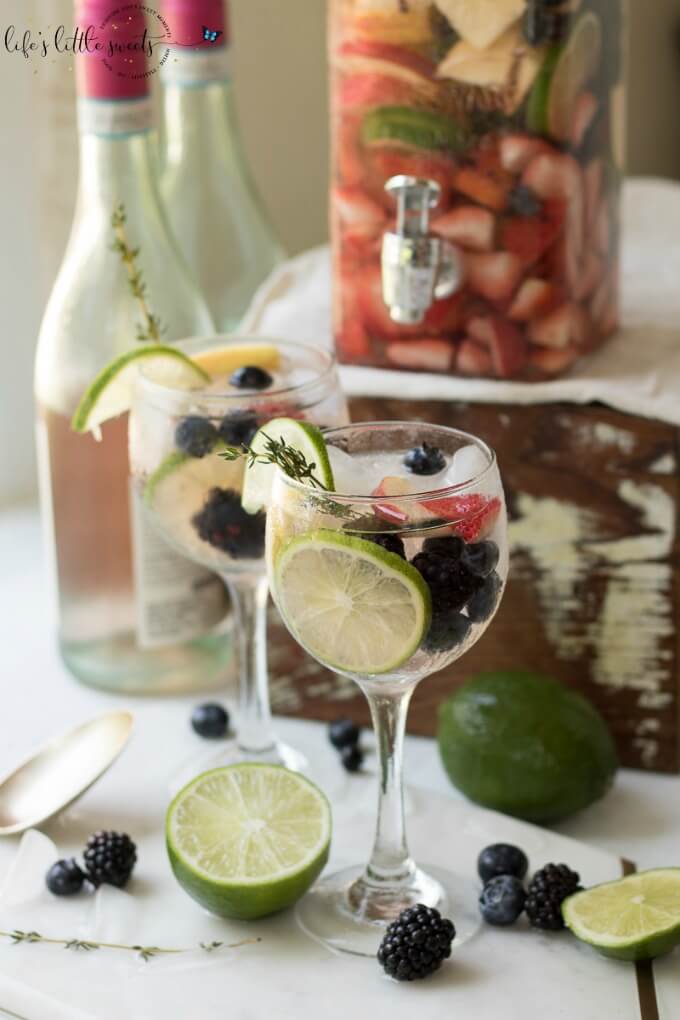



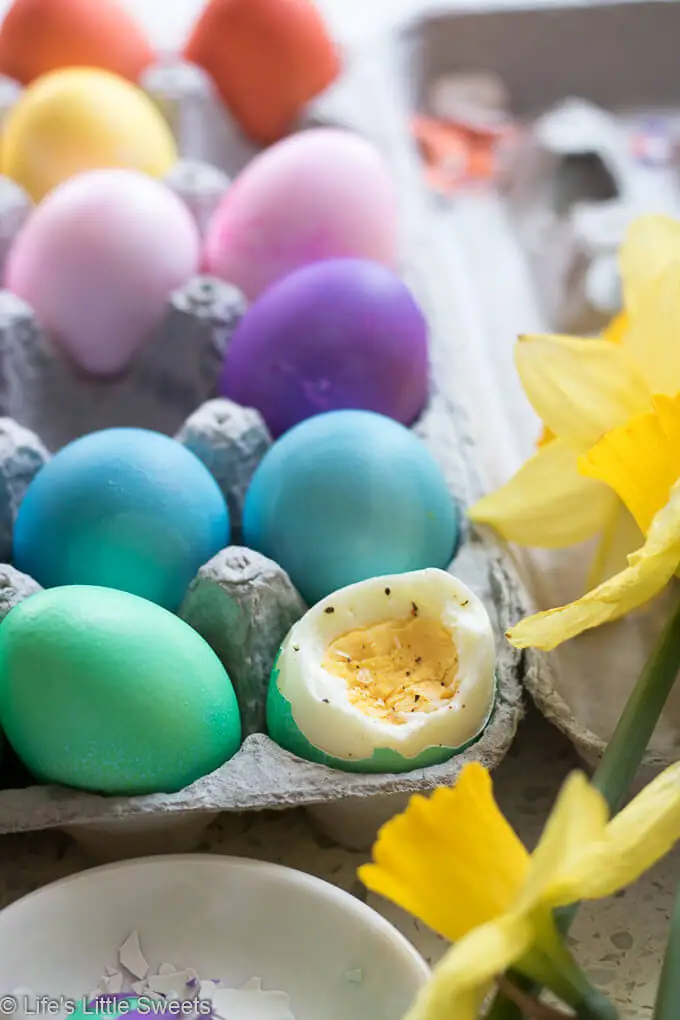

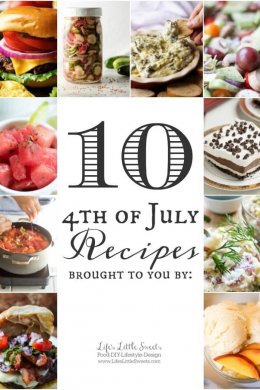


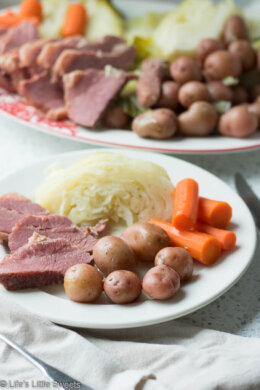


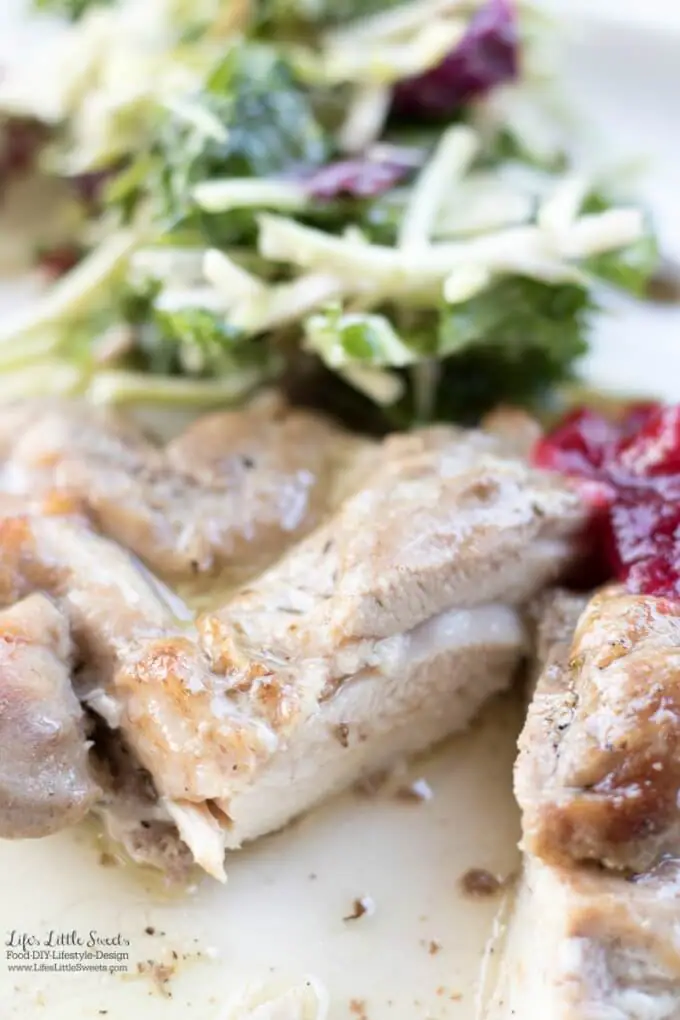

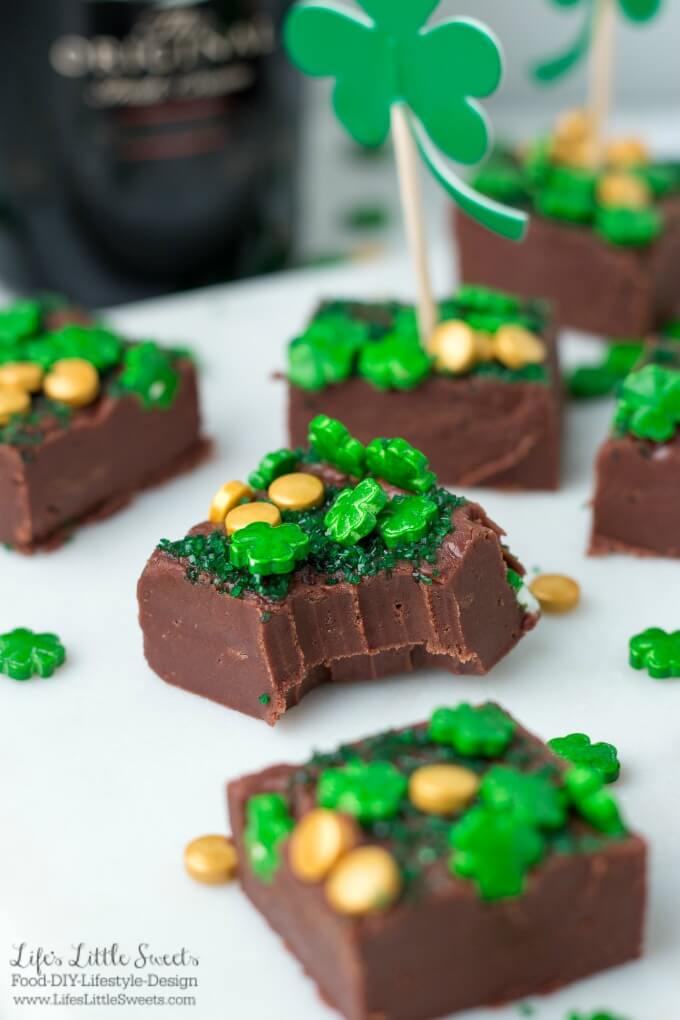

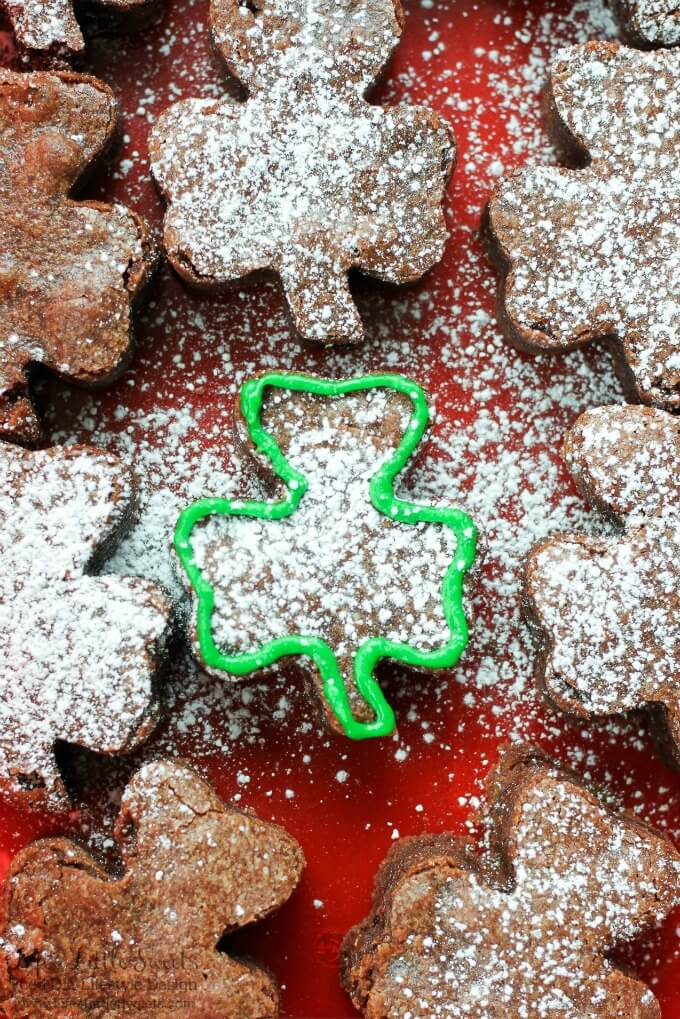
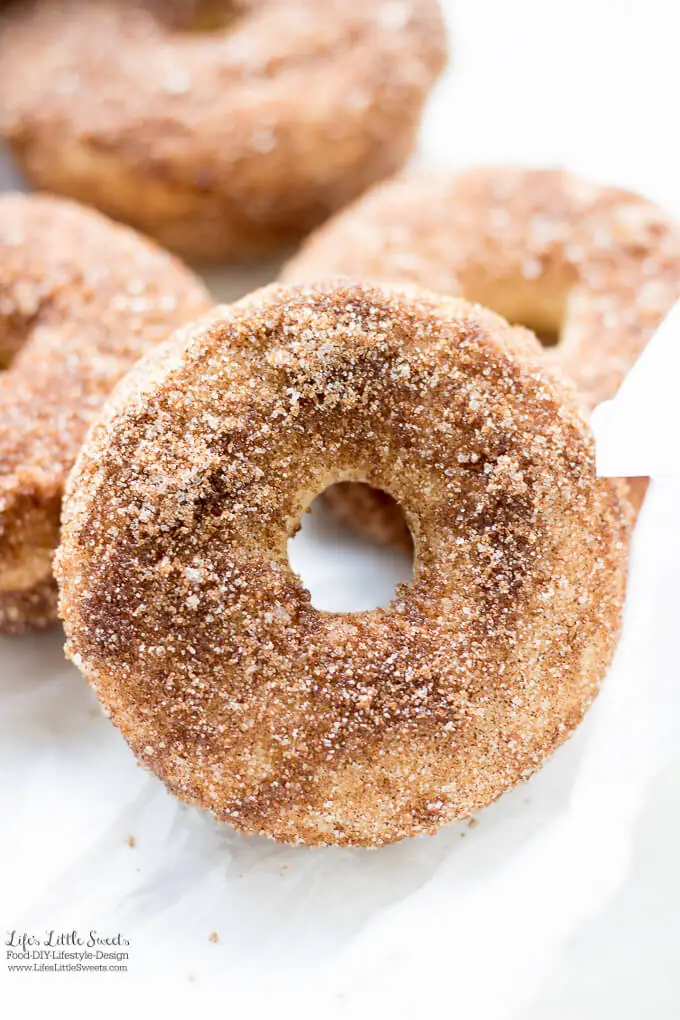
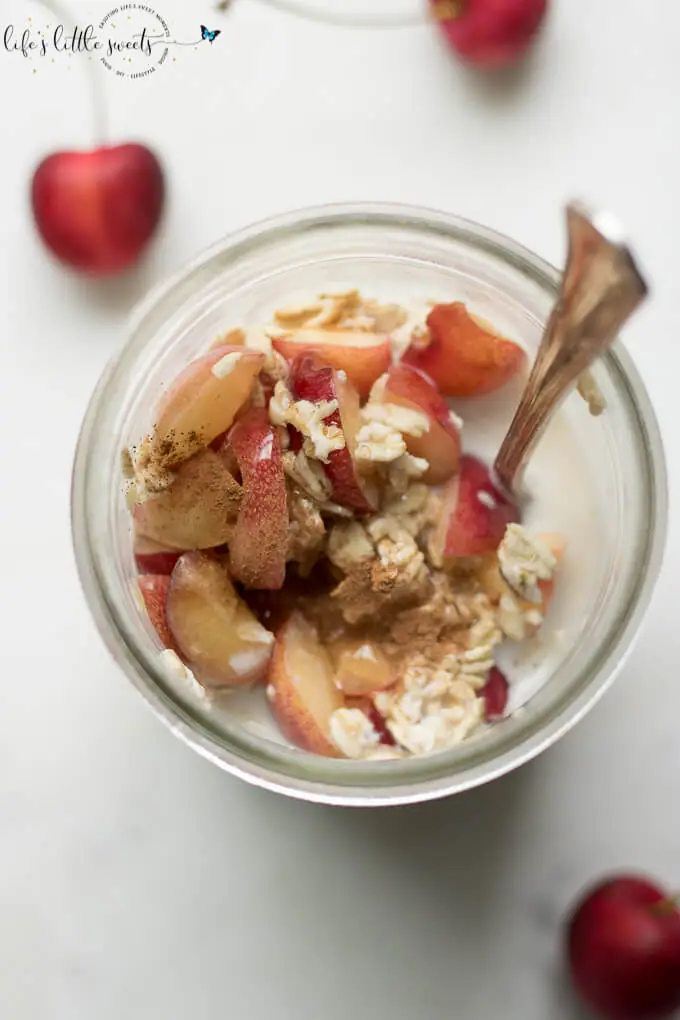
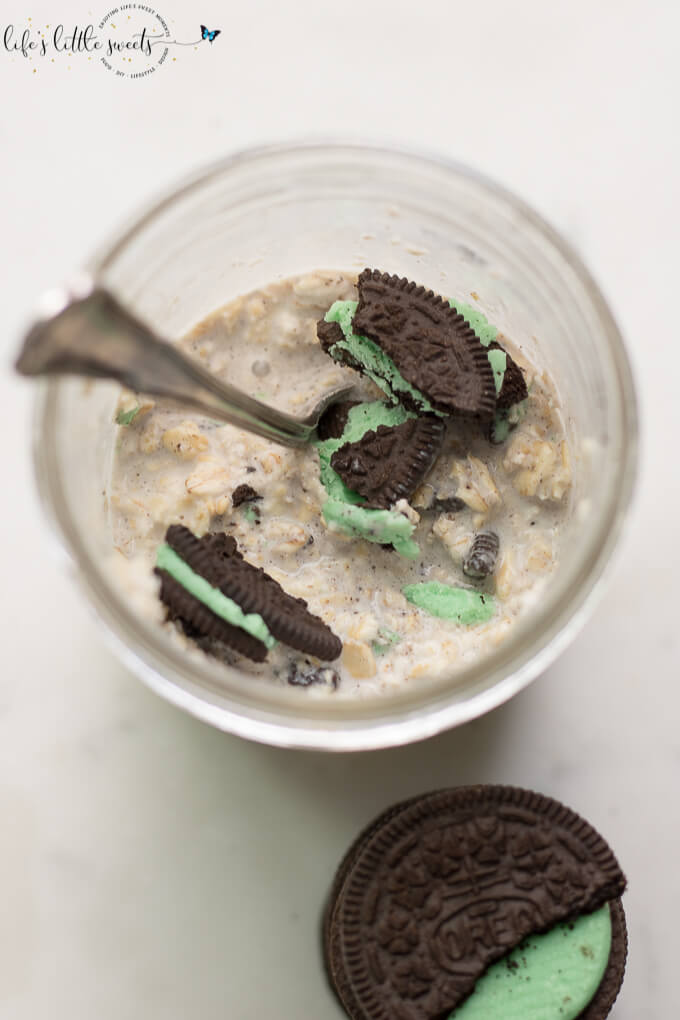






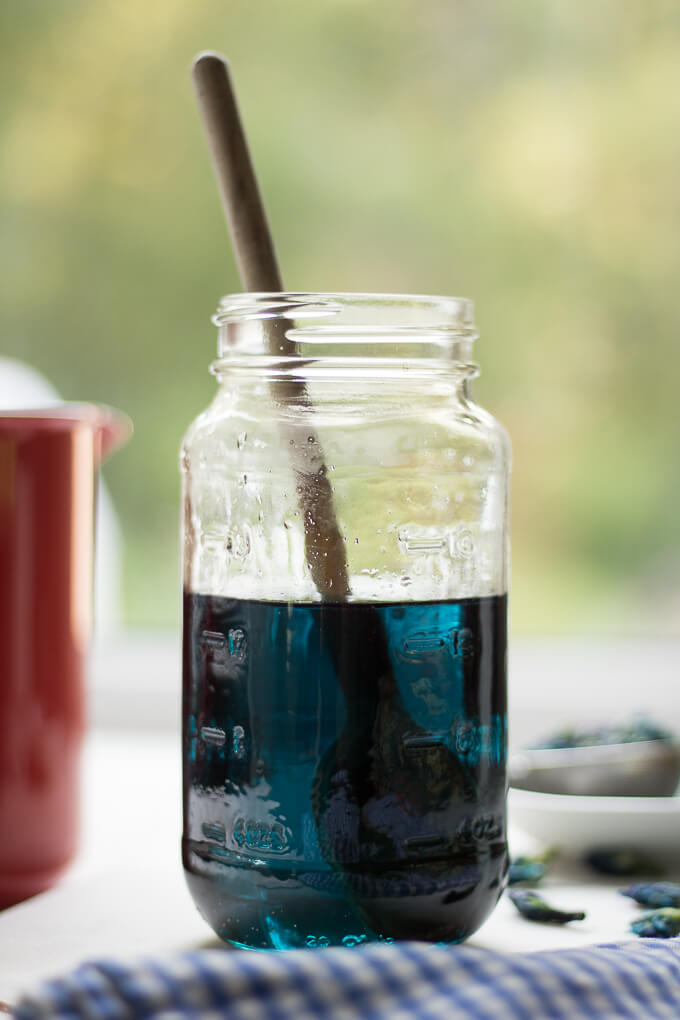
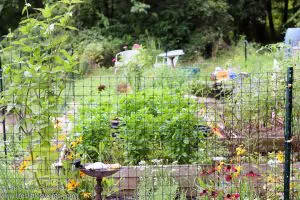



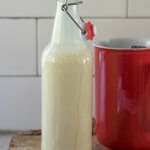
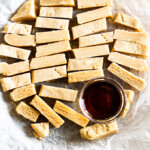

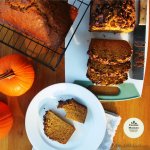
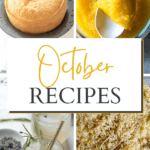
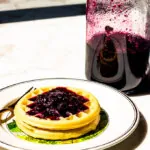



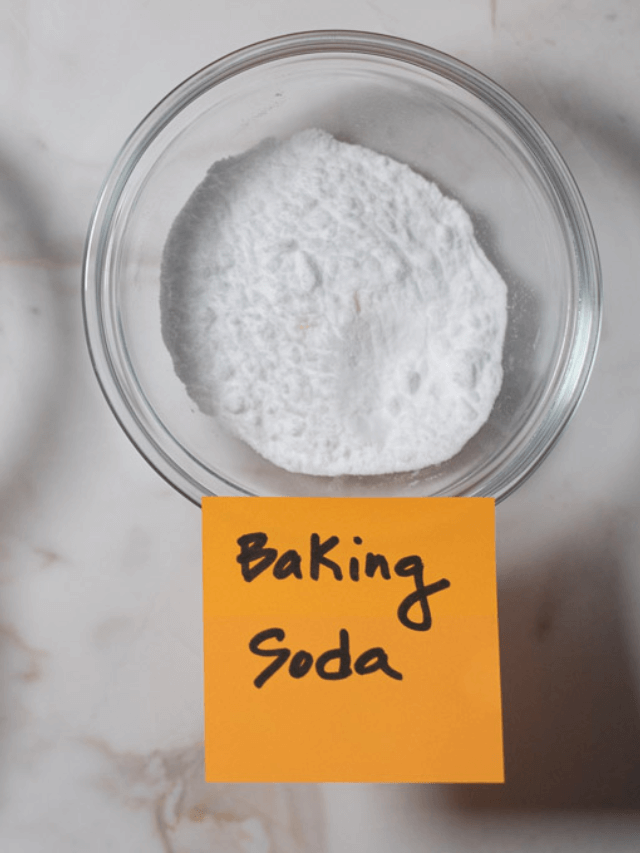
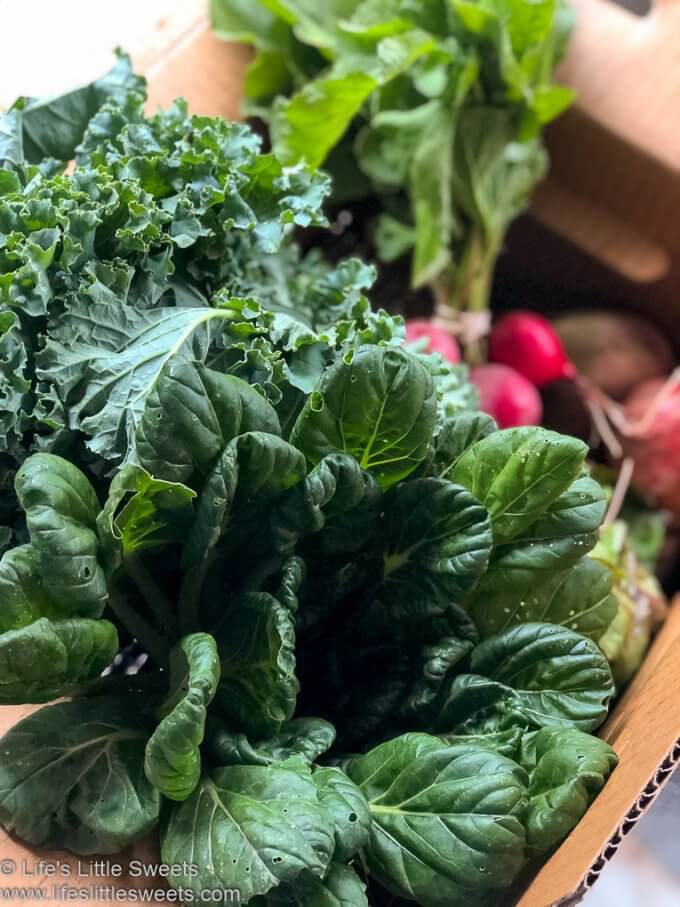
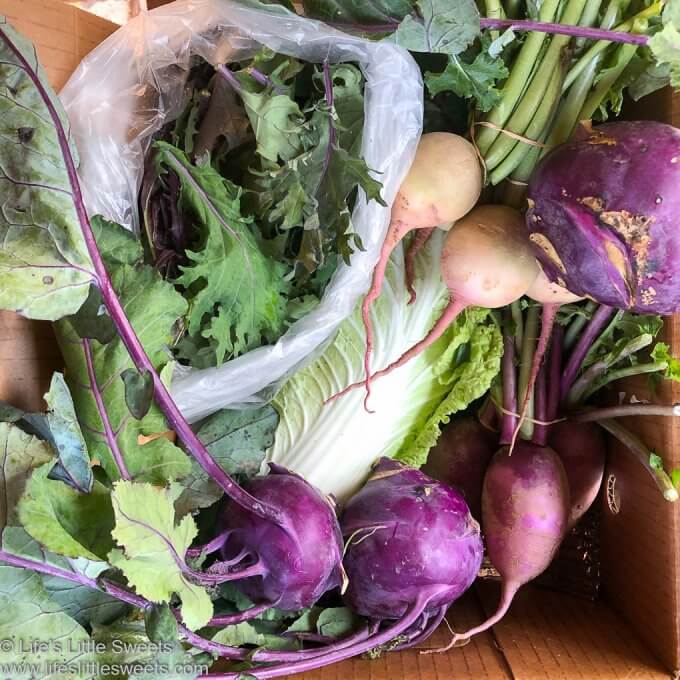
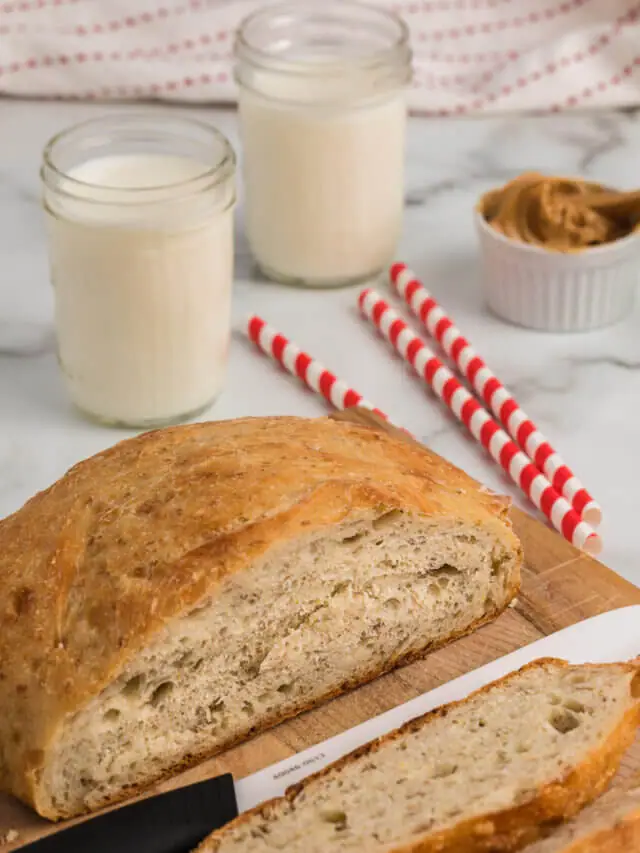
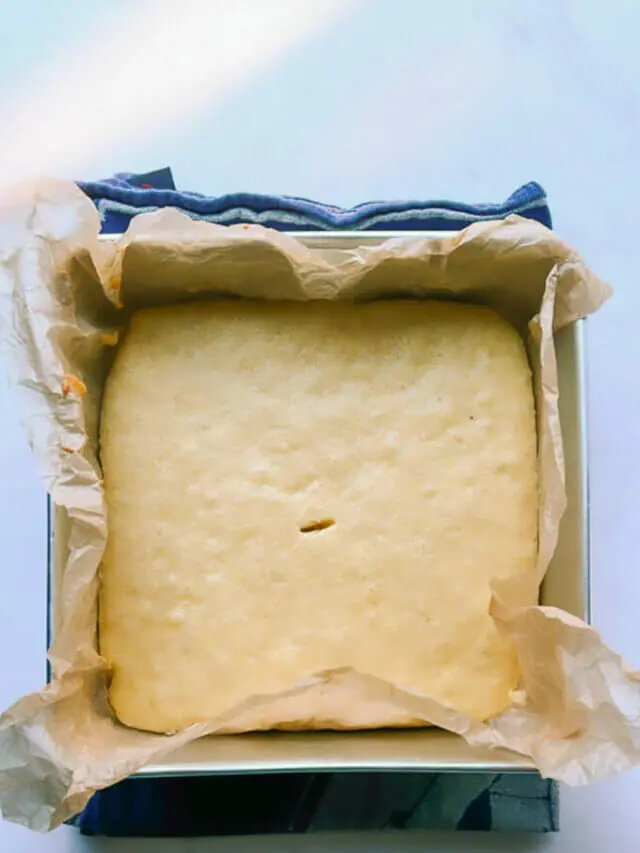

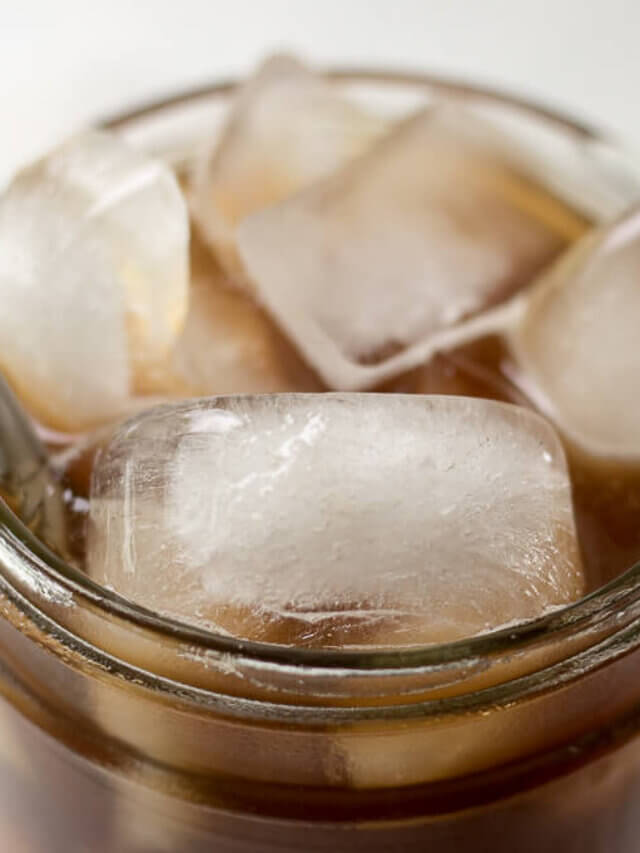


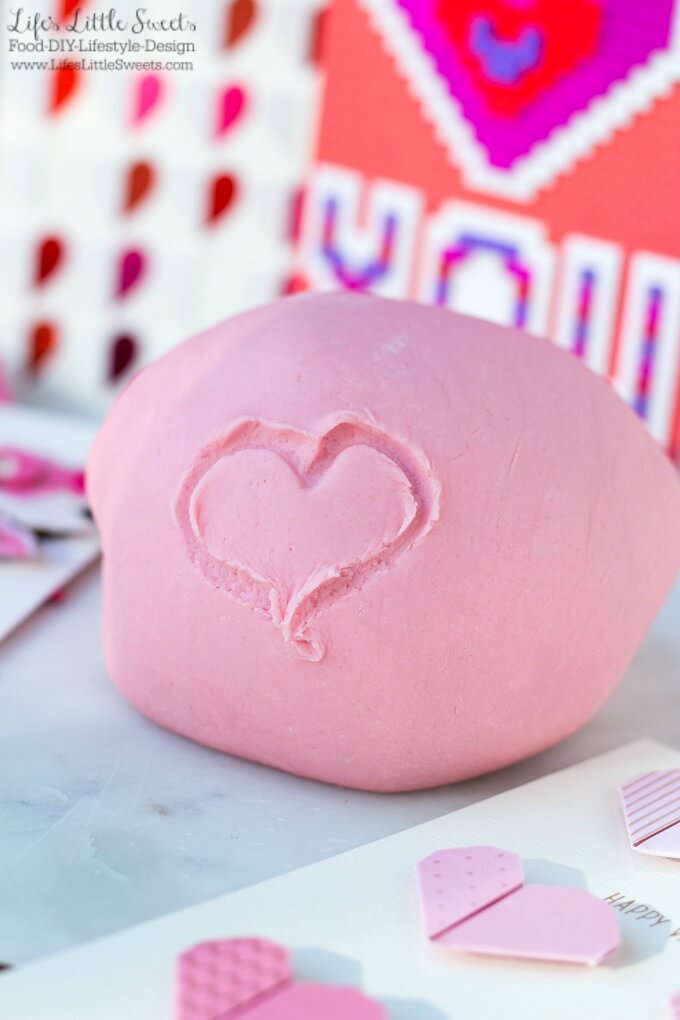
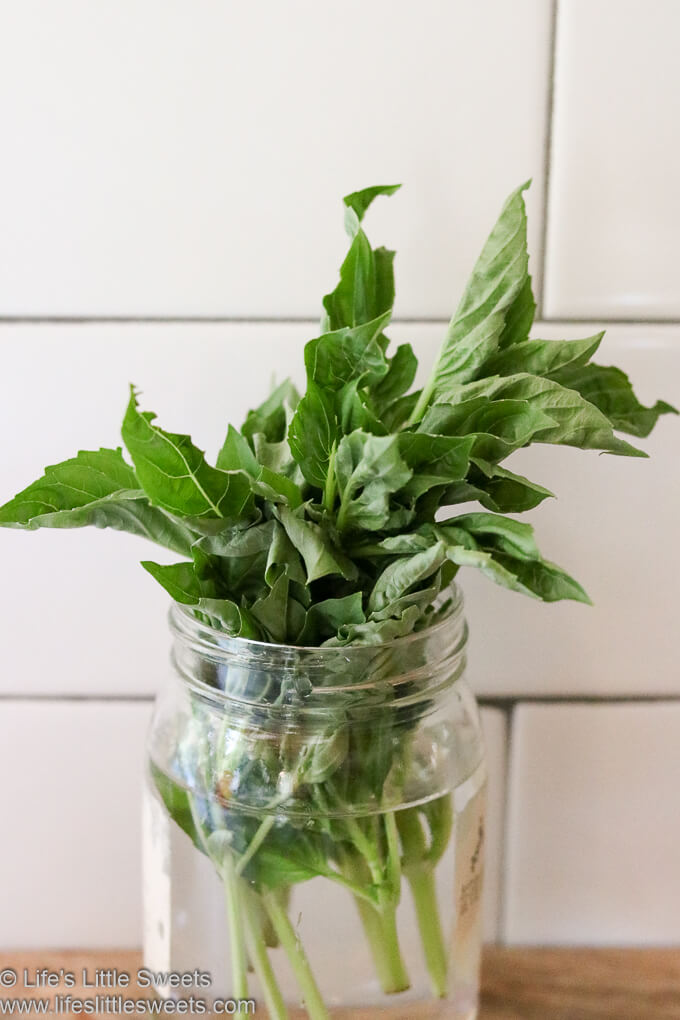
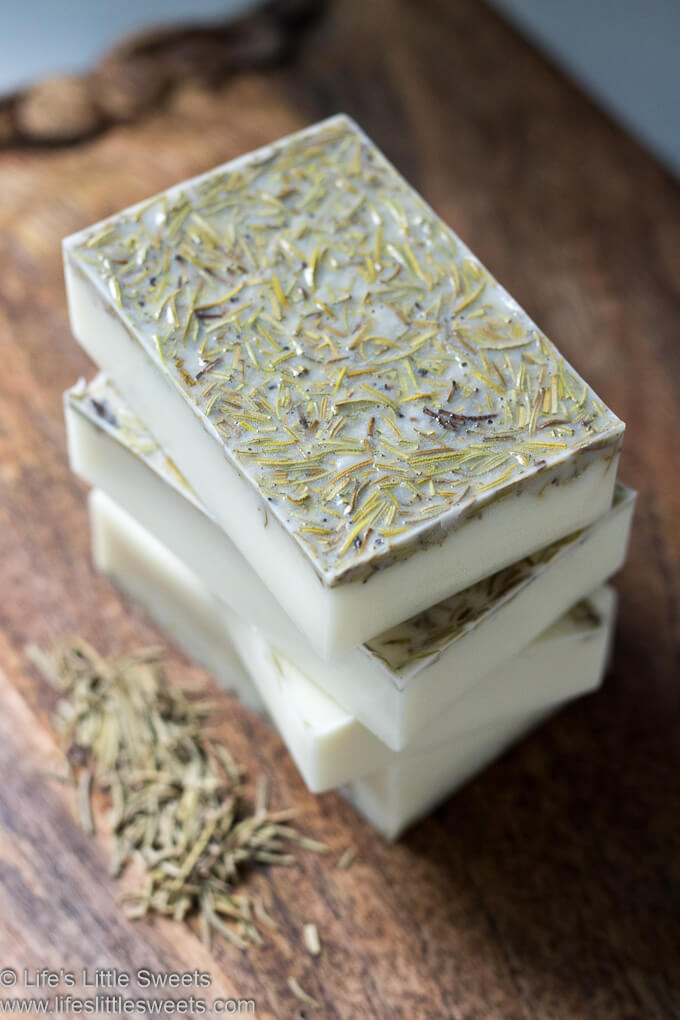
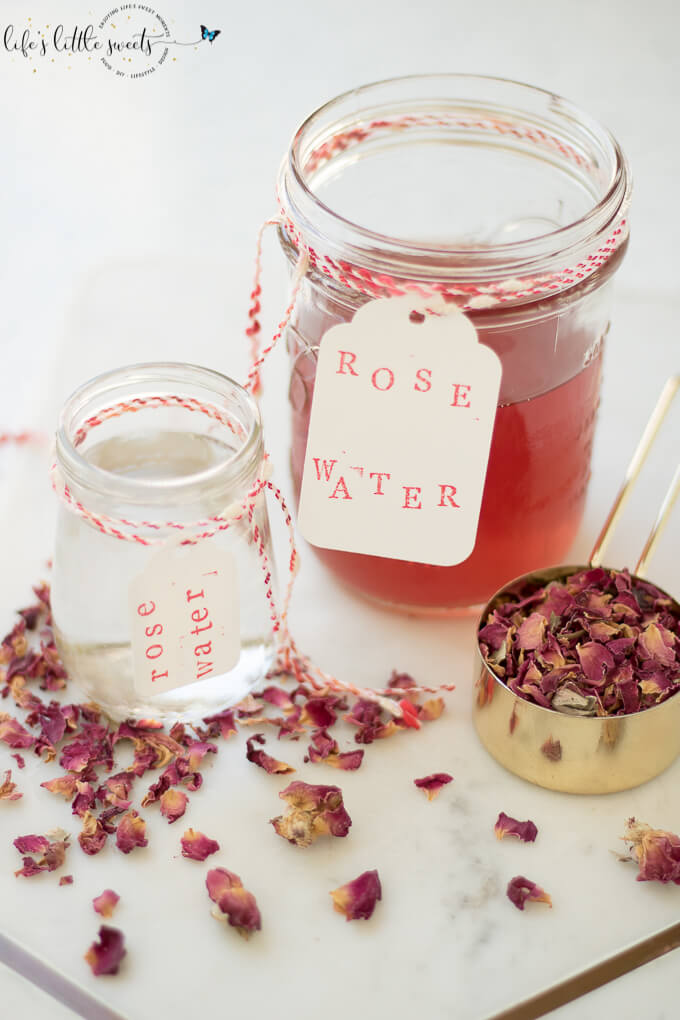
Jackie says
Hi, is it: one teaspoon of soda IN EVERY CUP of water used, or… one teaspoon in a whole bowl of water? Thanks!
Sara Maniez says
Hi there Jackie! Thank you for reaching out and asking about the baking soda wash for produce. I'm happy to help clarify!
When using baking soda to wash your fruits and vegetables, it's generally recommended to use one teaspoon of baking soda per whole bowl of water, not one teaspoon in every cup of water. So, if you have a large bowl of water in which you plan to submerge your produce for cleaning, you can add one teaspoon of baking soda to that entire bowl.
The baking soda solution works effectively to help remove dirt, pesticides, and some surface contaminants from your fruits and veggies.
Always be sure to rinse your produce thoroughly with fresh water after using the baking soda solution to ensure there's no residue left. And remember, even though baking soda is generally safe for cleaning produce, it's always a good idea to buy organic when possible.
I hope this helps! If you have any more questions or need further clarification, feel free to ask. Happy cleaning and enjoy your fresh, clean produce!